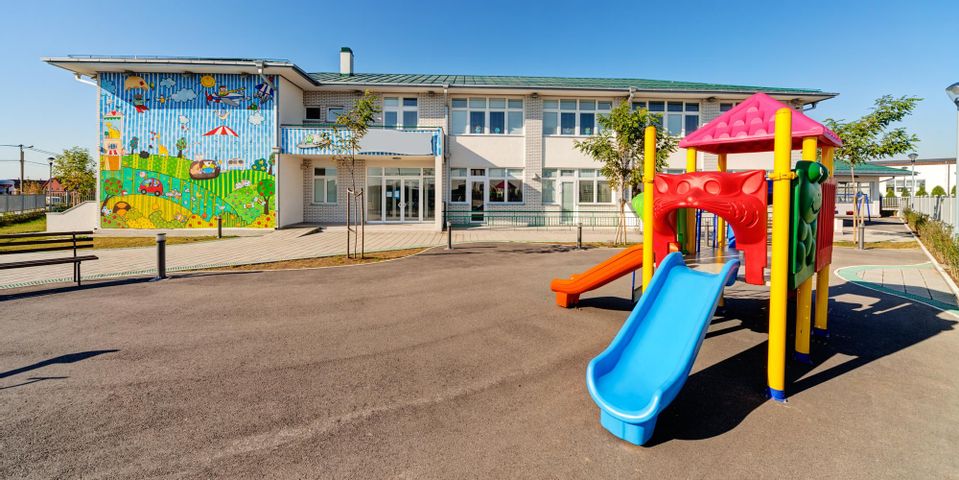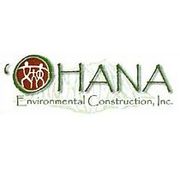What Daycare Providers and Schools Should Know About Lead

Lead poisoning remains a lingering health issue despite concentrated efforts by government officials to reduce the presence of the heavy metal nearly everywhere. Environmental hazards like lead are most dangerous to children, which can cause them to have developmental difficulties and learning delays. Awareness about lead is key to preventing poisoning, limiting exposure, and stopping possible contamination in schools and daycares. Here are a few things you need to know.
What is Lead?
As a naturally occurring element found in small amounts, lead is mined beneath the earth’s surface. Lead and its compounds were, at one point, added to numerous consumer products, such as paints, plumbing materials, ceramics, fuel, batteries, and cosmetics, among others. Much of the heavy metal’s presence in the environment can be attributed to leaded gasoline, former lead smelters, old water pipes, and previous use of lead-based paints, which continue to put people at risk from exposure. Though the removal of these environmental hazards has been ongoing for several decades, lead poisoning is still a serious public health issue.
Why Lead is Hazardous to Children
 Lead was discovered to be toxic to animals and humans, but particularly hazardous to children, as their bodies tend to absorb more of it. The developing brain and nervous system in children are more susceptible to the damaging, irreversible effects of lead poisoning, such as low IQ, developmental delays, and behavioral issues. Babies and young children are at the greatest risk of exposure since they put toys or lead-contaminated soil in their mouths when exploring the world around them.
Lead was discovered to be toxic to animals and humans, but particularly hazardous to children, as their bodies tend to absorb more of it. The developing brain and nervous system in children are more susceptible to the damaging, irreversible effects of lead poisoning, such as low IQ, developmental delays, and behavioral issues. Babies and young children are at the greatest risk of exposure since they put toys or lead-contaminated soil in their mouths when exploring the world around them.
How to Limit and Prevent Exposure
School authorities and daycare centers can take preventative measures to tackle lead poisoning. Start by eliminating any sources of lead in the facilities, such as old plumbing or painted structures, by calling a professional to remove the environmental hazards. Have your school and childcare facilities, including playground equipment and drinking water fountains, inspected periodically for lead. Implement a strict policy for hygiene and cleaning practices to prevent possible contamination from minute traces of the metal. If you notice signs of lead poisoning in children, such as vomiting, weight and hearing loss, and abdominal pain, have them tested right away.
Lead is among the most common environmental hazards that plague some schools and daycare centers, along with mold and asbestos. When you need assistance in removal, rely on the skilled professionals at Ohana Environmental Construction in Honolulu, HI. They are the leading hazardous waste management company throughout the island. To schedule a free commercial or home inspection, call (808) 836-6955 today or visit their website.
About the Business
Have a question? Ask the experts!
Send your question

